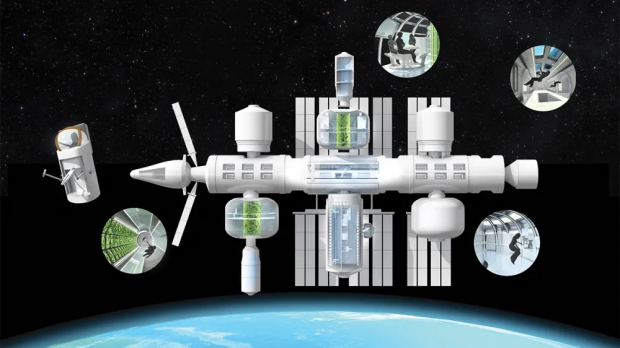
Breaking News
 Brics Launch Complete Gold Supply-Chain 2026
Brics Launch Complete Gold Supply-Chain 2026
 American Game: East End Waterways | Ep 3
American Game: East End Waterways | Ep 3
 Land of Confusion: The Great Reset in Motion
Land of Confusion: The Great Reset in Motion
 Captured! The 60 Minutes Venezuela Video CBS Tried to Cancel
Captured! The 60 Minutes Venezuela Video CBS Tried to Cancel
Top Tech News
 Travel gadget promises to dry and iron your clothes – totally hands-free
Travel gadget promises to dry and iron your clothes – totally hands-free
 Perfect Aircrete, Kitchen Ingredients.
Perfect Aircrete, Kitchen Ingredients.
 Futuristic pixel-raising display lets you feel what's onscreen
Futuristic pixel-raising display lets you feel what's onscreen
 Cutting-Edge Facility Generates Pure Water and Hydrogen Fuel from Seawater for Mere Pennies
Cutting-Edge Facility Generates Pure Water and Hydrogen Fuel from Seawater for Mere Pennies
 This tiny dev board is packed with features for ambitious makers
This tiny dev board is packed with features for ambitious makers
 Scientists Discover Gel to Regrow Tooth Enamel
Scientists Discover Gel to Regrow Tooth Enamel
 Vitamin C and Dandelion Root Killing Cancer Cells -- as Former CDC Director Calls for COVID-19...
Vitamin C and Dandelion Root Killing Cancer Cells -- as Former CDC Director Calls for COVID-19...
 Galactic Brain: US firm plans space-based data centers, power grid to challenge China
Galactic Brain: US firm plans space-based data centers, power grid to challenge China
 A microbial cleanup for glyphosate just earned a patent. Here's why that matters
A microbial cleanup for glyphosate just earned a patent. Here's why that matters
 Japan Breaks Internet Speed Record with 5 Million Times Faster Data Transfer
Japan Breaks Internet Speed Record with 5 Million Times Faster Data Transfer
Jeff Bezos's Blue Origin Could Have a Commercial Space Station Running by 2030

As NASA plans to decommission the International Space Station (ISS) by the end of the decade, the next generation of orbital enterprise prepares to launch. Rocket-builder Blue Origin is aiming to have the first commercial space station—a solar-powered, "mixed-use business park" called Orbital Reef—operational by 2030.
Floating 311 miles above the Earth, the 29,300-cubic-foot installation will be self-supporting and feature sleeping quarters, social areas, and research facilities. Its central Core structure, with a volume of 8,228 cubic feet, is connected to an inflatable Large Integrated Flexible Environment (LIFE) habitat from Sierra Space, a Colorado-based aerospace and space-technologies outfit.



